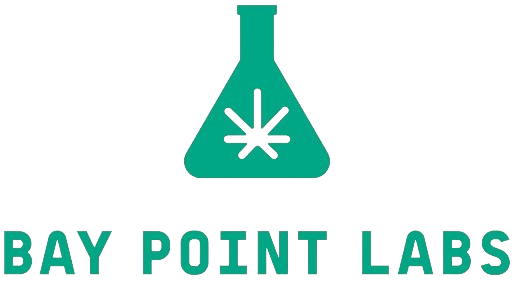
Slide title
Fair Pricing | Best Genetics in the Seed Industry | Nationwide Delivery Available
Button
Residual Pesticide Testing
The pesticide contamination test detects pesticide levels in samples and ensures compliance with state regulations. This test is vital due to the established links between pesticide exposure and various health issues, including cancer, neurodegenerative diseases, respiratory diseases, birth defects, vision problems, and muscle weakness. For growers, the test provides critical contamination data that can help with adjustments in cultivation and care procedures. Processors and distributors must also confirm that flower and other cannabis products meet the required action levels before they are processed and the final products reach store shelves.
The pesticide contamination test utilizes gas chromatography with mass spectrometry (GCMS) or electron capture detector (GCECD) and liquid chromatography with triple quad mass spectrometry (LCMSMS) techniques.
How These Tests Work
Gas Chromatography
The cannabis sample is dissolved via a solvent process into a solution. A small portion of this solution is injected into the column. Shortly after injection, the solution evaporates into a gaseous state. This gaseous content then travels through a long capillary column with the help of a carrier gas, usually helium. The column separates the solvent and each individual component, allowing each component to arrive at different times at the end of the column. This time is called the retention time.
After the column separation, the separated components pass through the detector, which could be an electron capture detector or a mass spectrometric detector. These detectors provide proportional responses to the concentrations of the components. In the case of the mass detector, the passing compound is fragmented and charged into pieces. Based on the resulting charge-to-mass ratio, the identity of the compounds can be identified, similarly to a fingerprint.
Liquid Chromatography-Triple Quad Mass Spectrometry (LCMSMS)
During the liquid chromatography analysis, the injected solution travels in liquid form, unlike in gas chromatography, where it is vaporized. The carrier solution, typically a light acidic water-based solvent buffer, assists the column in separating the compounds and transporting them to the detector system. The detector is a multiple-mass spectrophotometer, which fragments and charges the compounds multiple times before identifying the charge-to-mass ratio. This method is significantly more selective and sensitive than a simple mass detector system, allowing the determination of each compound at much lower levels.
Compliance
Compliance with California cannabis regulations for pesticide testing is stringent and essential for ensuring product safety and consumer protection. The regulations mandate that all cannabis products undergo rigorous testing to detect any pesticide residues. Specifically, the presence of any residual pesticides listed in Category 1 must be undetectable (the contamination level has to be lower than 0.1 ug/g for each compound) for the product to pass testing. Additionally, residual pesticides in Category 2 must not exceed varying specified action levels. This thorough testing process ensures that growers, processors, and distributors adhere to the highest standards of safety and quality. By meeting these regulatory requirements, cannabis businesses can confidently bring their products to market, ensuring they are free from harmful pesticide contamination and safe for consumer use.
**INCLUDE LISTS OF ALL ANALYTES IN CATEGORIES ON WEBPAGE TO ACCOMPANY THE TEXT*

Contact Us
Phone: 707-747-6081
Email: timea.majoros@baypointlabs.com
Address: 685 Stone Rd Suite 9, Benicia, CA 94510, United States Of America
All Rights Reserved | Bay Point Labs